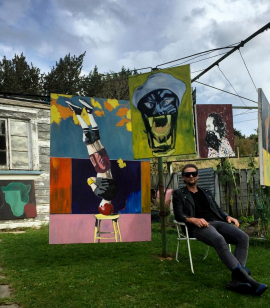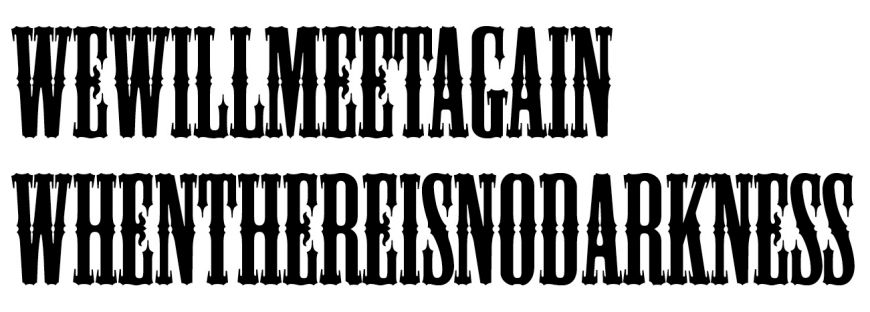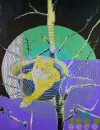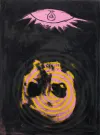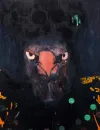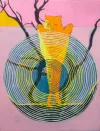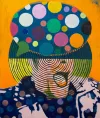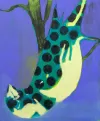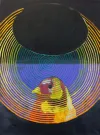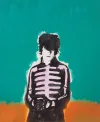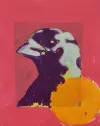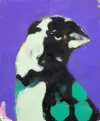10 – 29 March 2019
Preview: Sunday 10 March, 2–4.30PM
"In technical terms, Wheeler's mode of painting is the result of an effort to bring together figurative and abstract painting, to acquire a space on the verge between real and representation. This labouring towards elimination of the distance between the space of the work and that of life – by setting on the stage the very tools of painting, their properties and limitations – is an issue that was addressed by the historic and avant-gardes, which then resurfaced in the 60s and later again at the end of the 90s. The new generation of artists, that Pete too belongs to, can address the question without having to concern themselves with the idealogical issues regarding categories of interpretation that previously separated abstract painting from figurative. This has also been made possible by the teaching of artists such as Gerhard Richter, Luc Tuymans, Peter Doig and William Sasnal who have always worked upon the attempt to discover a third approach to interpretation, between figurative and abstract, leveraging the imperfection of the photographic gaze".
Lorenzo Bruni, Pete Wheeler: Paths of the Destroyer, catalogue (excerpt)
Reality is very questionable, a big narrative means big paintings...apart from a conceptual aspect, I usually work on big formats because of a physical/stylistic need. Big surfaces of canvas force me to make a comparison with my body. To create these paintings a lot of physical movement is necessary, and this sense of motion continues to be present in the finished work. The extraordinary thing I want to immortalise though, is the comparison between the movement of the colour strokes and surface and the movement of the figures within the illustrated space of canvas. Painting reveals images, but it also reveals its own genesis through colour and contrasts.
It is like putting a jigsaw puzzle together giving some kind of foundation to my evolution as an artist. The early works were very environment based: the art history of New Zealand where text and image had played a strong role in the cultural identity. Now living in the centre of Europe with the history of the 20th century all around me, my environment has become subconscious rather than overly conscious. The encounter with Europe has been an important shock for me. I grew up in a place where the History of European/American Art could only be seen in books so everything was a reproduction. I think that because of this photographic images, my own or those taken from the internet have become an important starting point for my paintings. The newer works are now coming from my own photos, experiences, and imagination alongside reworking of some historical images and paintings.
Pete Wheeler is a New Zealand artist, currently living and working in Berlin, Germany. Wheeler lived in Dunedin during the late 1990s and early 2000s, graduating with MFA from the University Of Canterbury. He has held solo shows in New Zealand, Australia, America and Europe.

